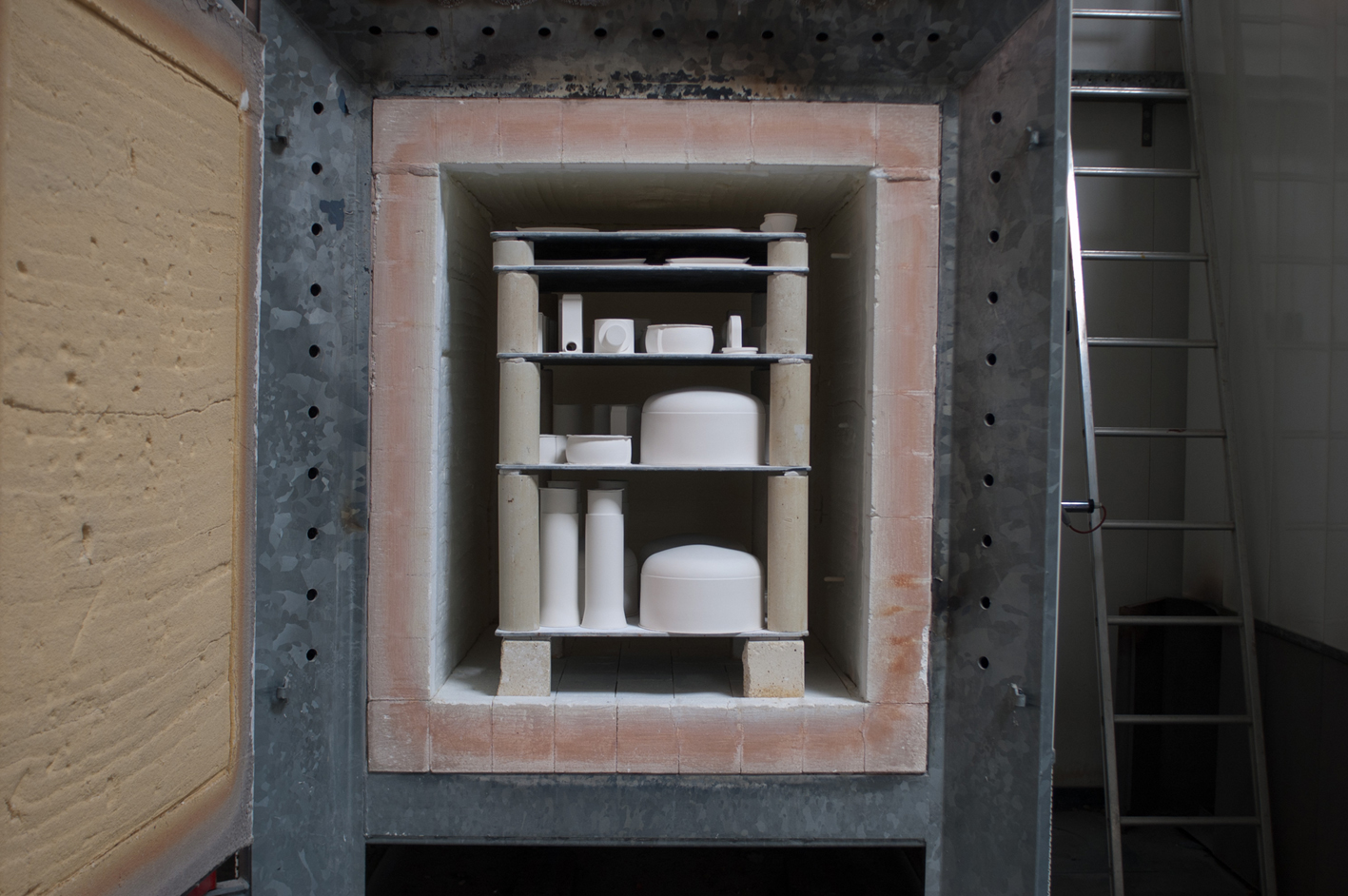mdby……MINALE MAEDA
I contacted Kuniko Maeda and Mario Minale some time ago, and I want to show you today their work, specially their CadCam work in Minale Maeda. I am sure you are going to like it!
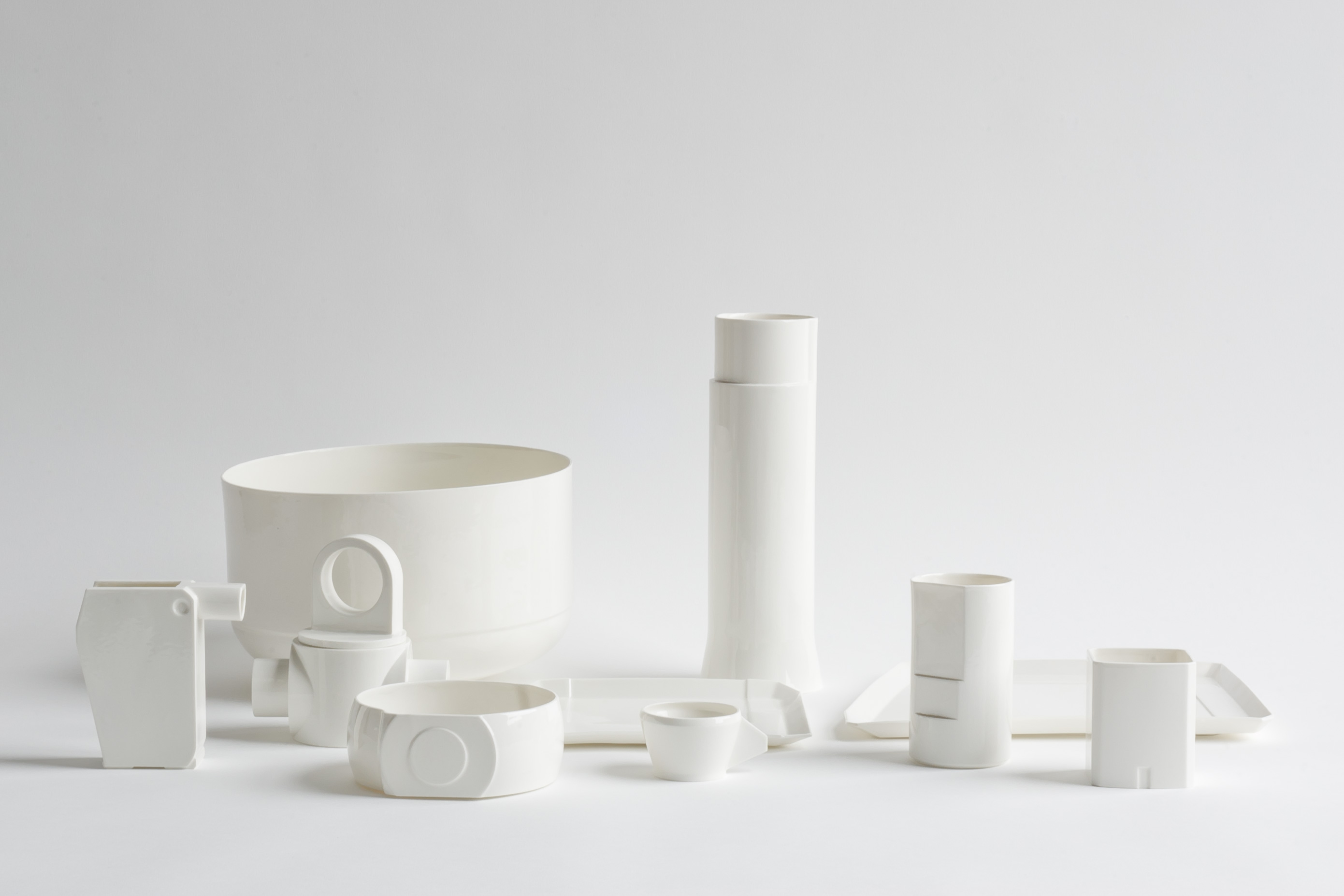
How do you define your work?
It is design. Cultural research, understanding what is at the root of the problem/need/desire/pleasure and pinpointing it. Somewhere between problem solving and envisioning.
How did you begin? Was it hard?
After graduating next to our own studio, we were jobbing at other studios. It is very competitive and you have to try and get all the attention for your work straight away.
Have you ever been discouraged?
Not really, if you have hard work to do and you know what needs to be done then that serves as motivation.
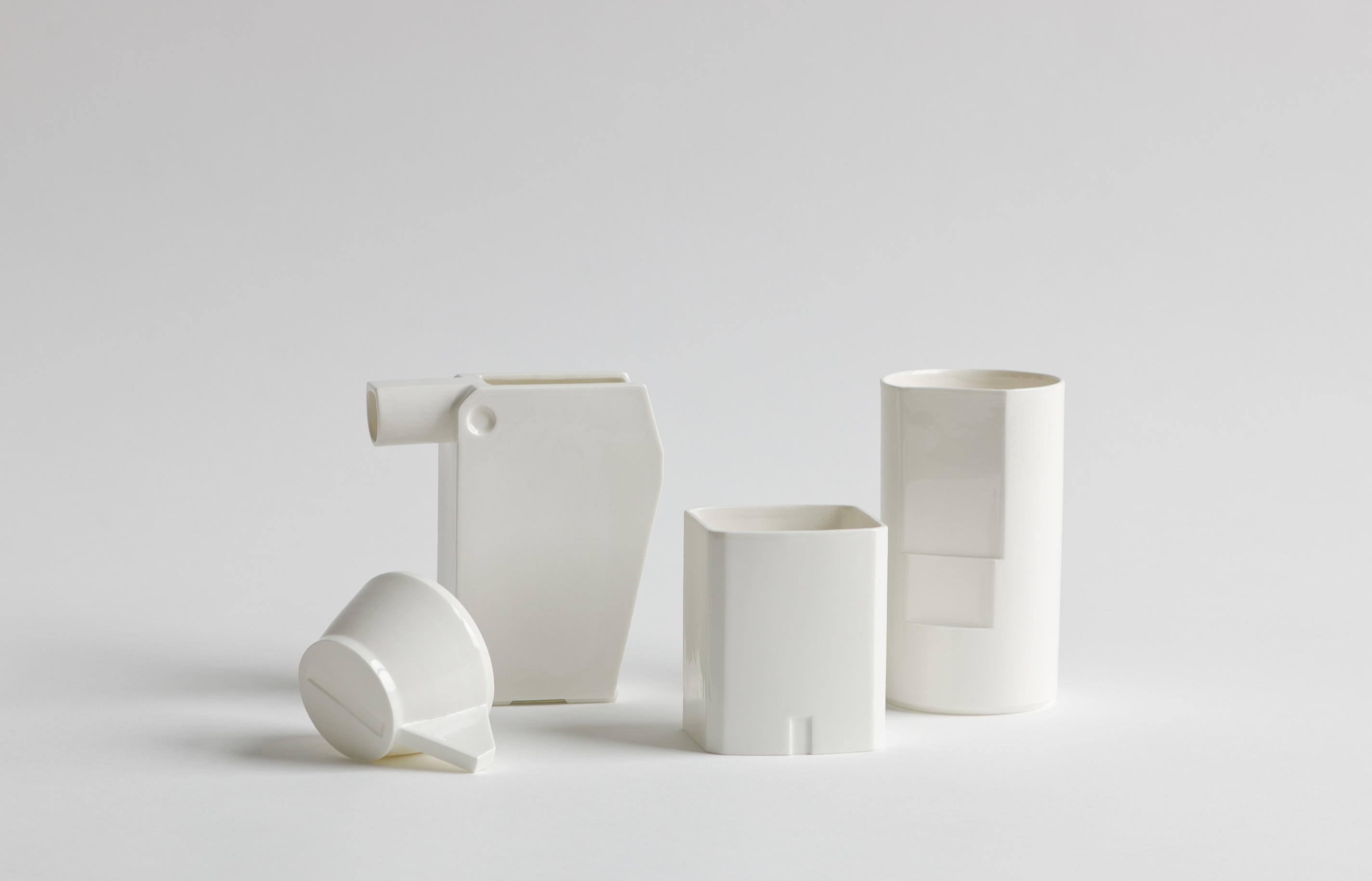
What would be your ideal project?
Combining humanitarian goals with surprising/new techniques or technologies and having the freedom to formally make something out of it.
How do your ideas come up? What are your sources of inspiration? Are you influenced by anyone in particular?
Inspiration comes from daily life, humble and simple solutions that have proven themselves over the years, and the beauty of nature and traditional work. I can’t say that I am influenced by anyone in particular but a lot has definitely happened before and whether it is getting inspiration from it or protesting against it, it is for sure a reaction from it.
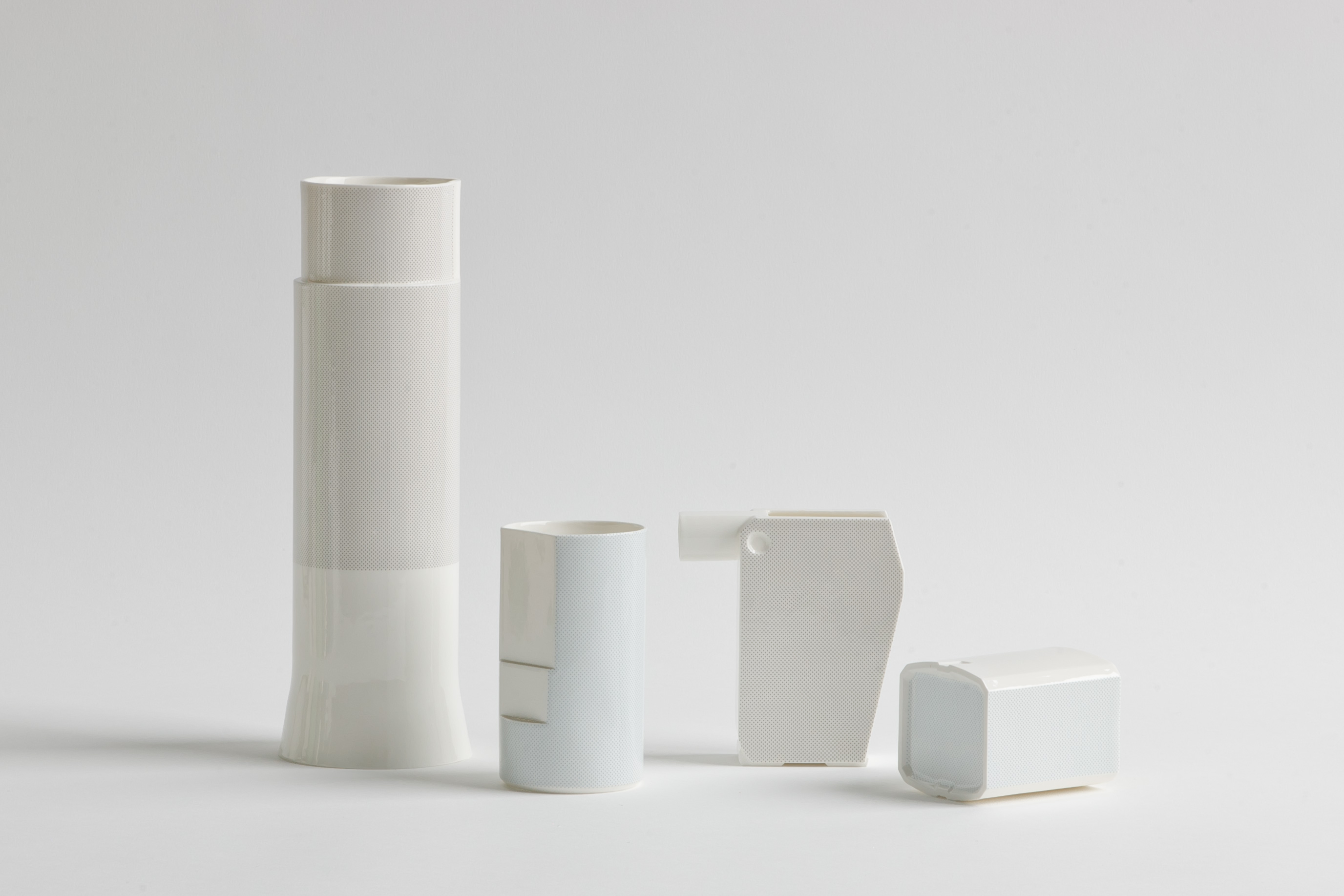
Have you ever had a mentor that has supported and guided you?
Well, I have had many good teachers among which were Jurgen Bey and Gijs Bakker but Dutch education tries to enable you to guide yourself, make you self sufficient and I think that this is optimal rather than having to rely on someone else.
What is the philosophy of your firm?
Trying to make sense of the ever so fast changing world and that beauty always has to do with properness. Usually it evolves by itself, however as a designer you have to do it in “fast forward”.
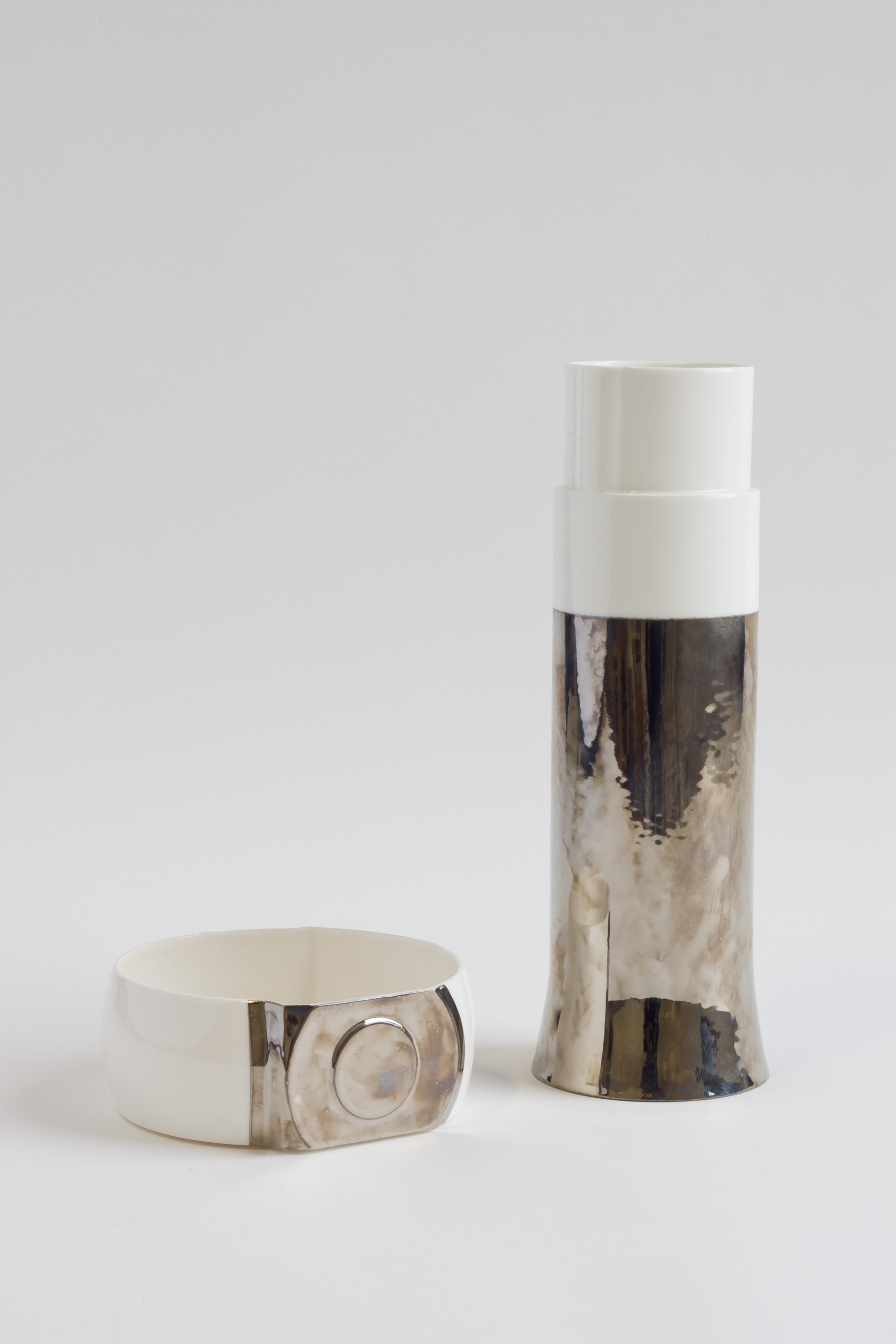
What is beauty to you?
Unexpected and surprising ways of making sense out of something, of adapting and achieving goals, of cutting a niche.
Tell us how a normal day in your work is…
Organization and communication, check running projects with assistants, then finally creative work on new projects, though the breakthroughs get really clear often out of office hours. In the office you do ground work, visualizations and tests.
What is the most difficult part of your work?
The tension before the breakthrough comes.
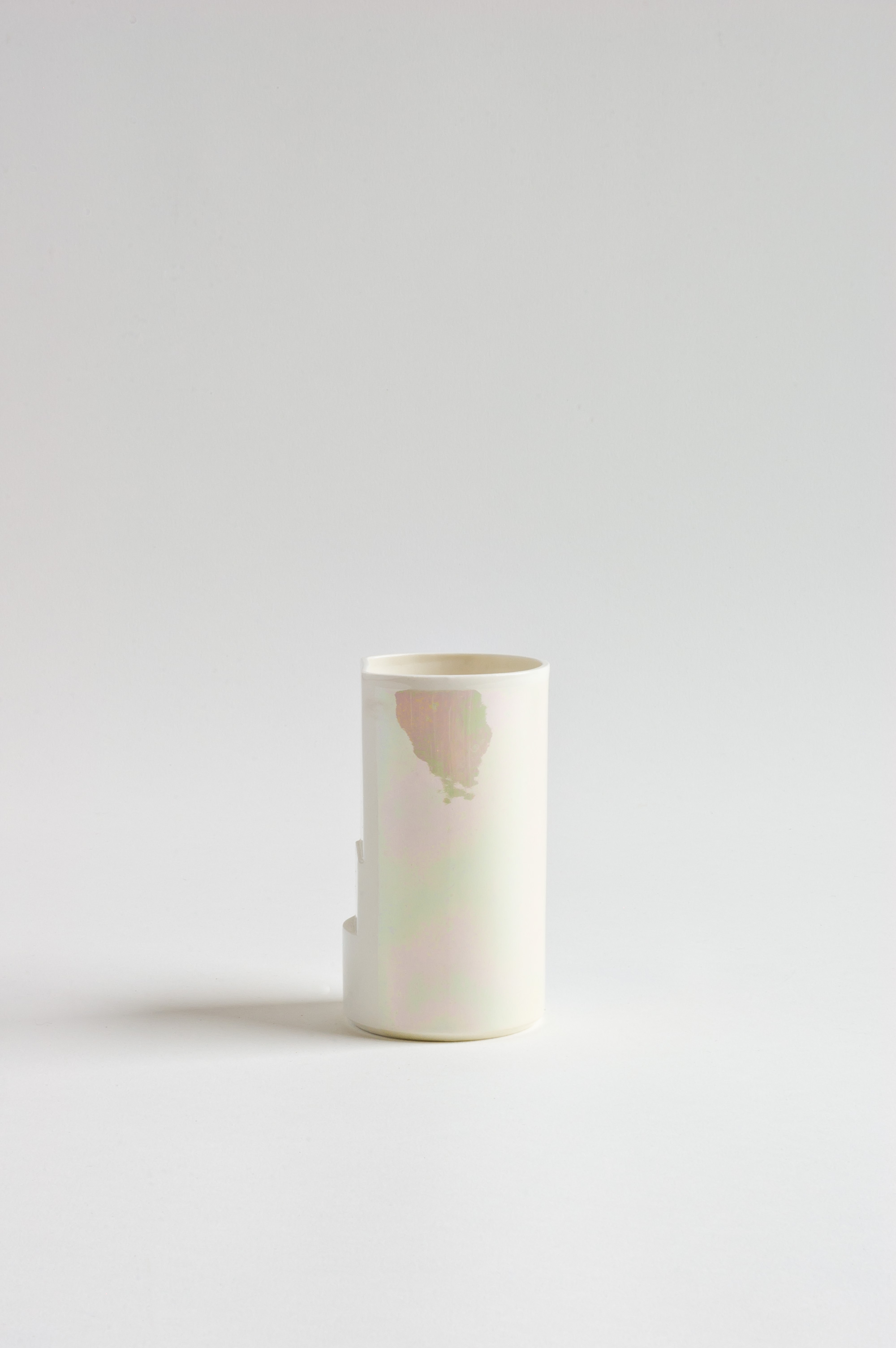
What do you like most in your work?
The freedom of thought and experimentation. The beauty of intuition.
What has been your biggest success?
There are a few, the Dusk Dawn mirror, the Wrong Color Furniture System, Inside Out furniture, the Virtual Florist.
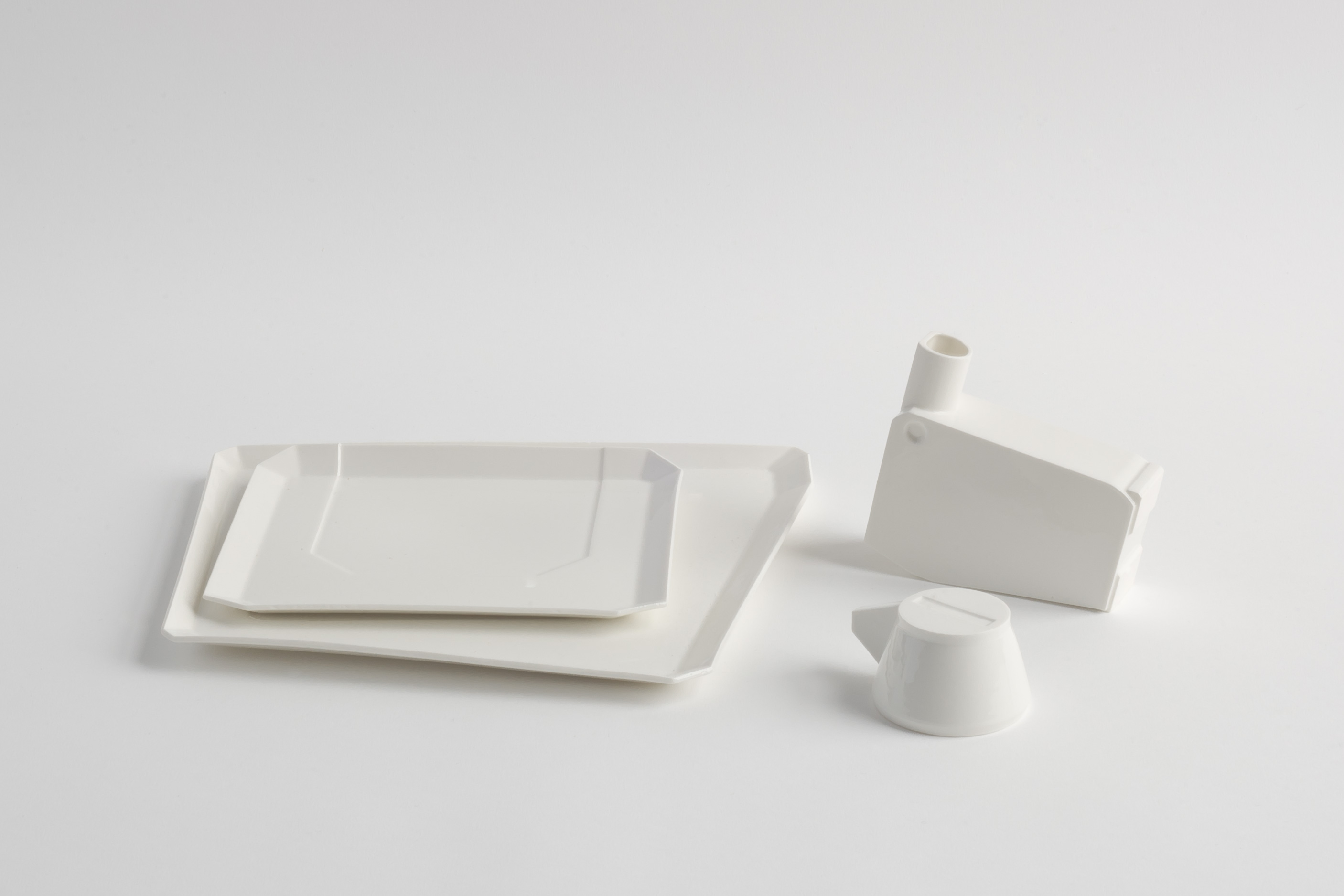
You work with a 3D printer and a laser cut machine; do you make some prototypes by hand before using these machines, or do you just have an idea, design it in 3D and then fabricate it?
Actually, it is more like the second and after a while you understand what the machines are capable of, so it becomes easier along the way. Handmade models are more for shape and proportion but they cannot tell you how the material will behave. Another thing is that 3D printed parts can be very intricate so you usually don’t want to fabricate them by hand.
What do you think about the use of these kinds of machines in the artisan world?
I think it is relatively unrelated since craftsmen are really about their skills and handwork and people like the preciousness of certain materials and these are not things that you can get from 3D printers. Goldsmiths use 3D printing to create models for lost wax casting for example but the technique and skill is still necessary to get the final result. I guess they use 3D printing more like a tool to supplement their craft but not exclusively.
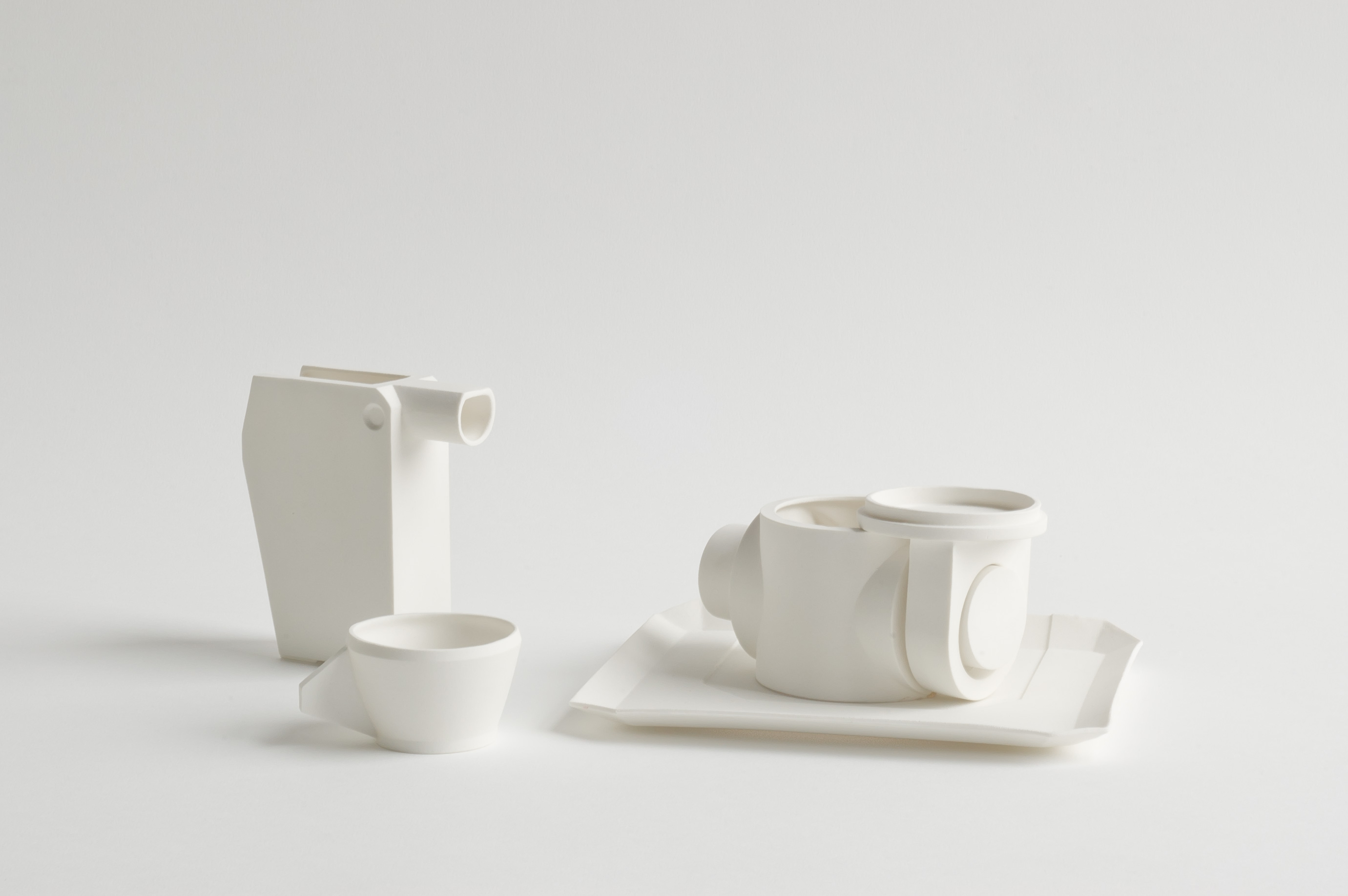
Once you have the porcelain laser cut, do you glaze it by hand or is it also industrialized?
The porcelain is not laser cut; only the molds are made using the 3D printer. The porcelain is then cast and glazed by hand.
In your CadCam tableware, you do not use bright colors; everything is in white with some light pastel colors. What is the reason for that particular use of color?
We were trying to find different styles and see how they would interact with the language of form since the shapes are quite different from what you usually see in porcelain.
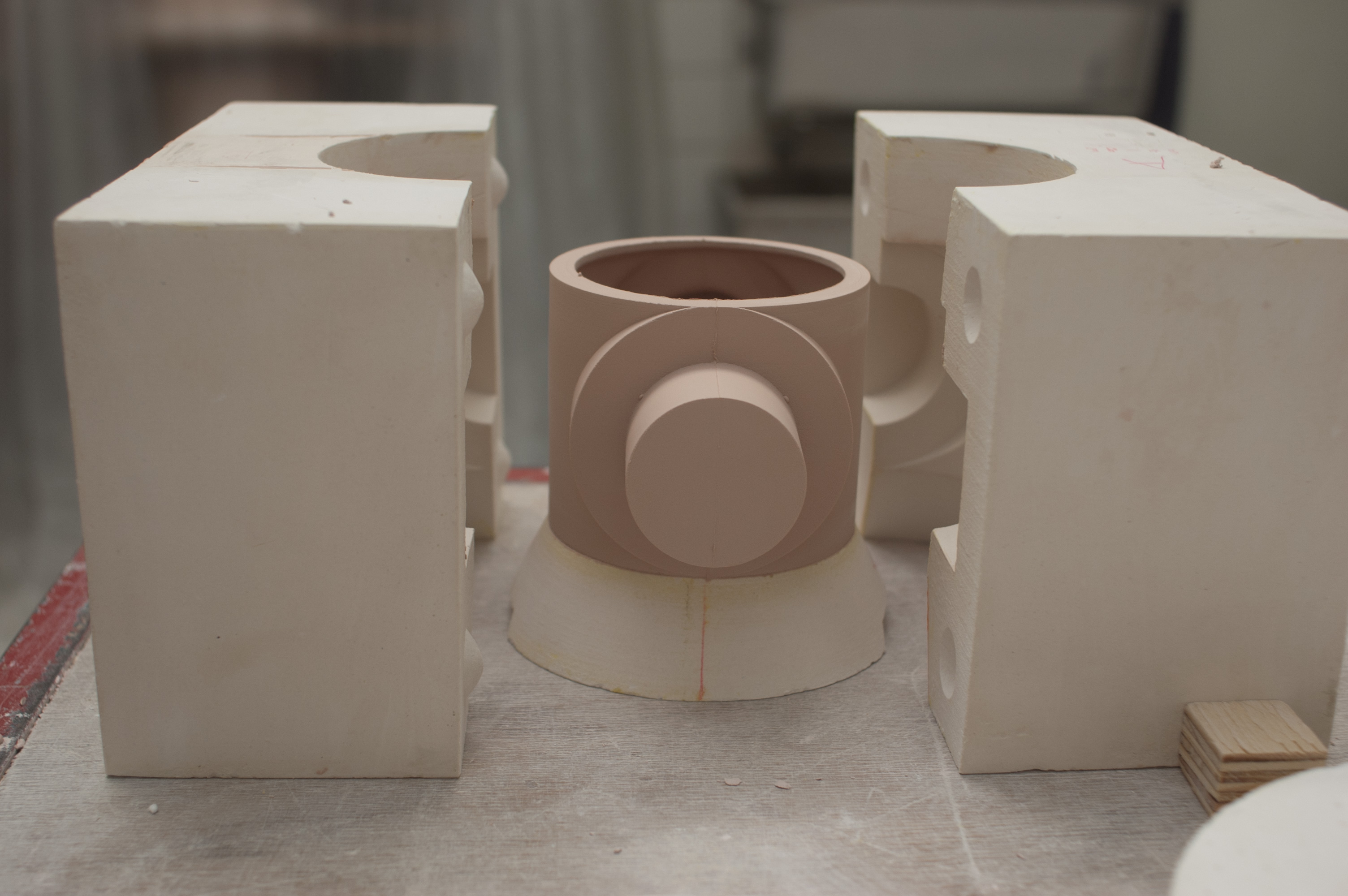
What is the process you go through to design one of your pieces?
Every project has it’s unique demands and processes but in general there is research to develop the idea, choosing techniques, materials and colors, design sketches with model making, finding a way to fabricate it by an independent or a company, then prototyping, documentation and finally a launch.
Any advice?
For young designers I would say: have patience, perseverance and think and develop ideas that can grow and stand rather than going for short-lived fads. It is good to look at what other people are doing but in the end it is important to find your own personal thing.
